When we are talking about the ancient Chinese civilization, there is no help to talk about the ancient Chinese art too. After all, the Chinese arts had dated back way back to the history – to the times where agriculture was first found and ancient people changed the way of their hunting (as the main source of food) to settle down and farm.
If you want to think of it, the ancient Chinese art is one of the oldest and also the most important contributions that such civilization had done to our modern world. This is the oldest continuous methods and traditions that still exist in the world. Those arts were created or formed during the Neolithic Period in 10,000 BC. At that time, simple sculptures and pottery were common. Naturally, since then, the art had developed and evolved as time passed by. The art was determined by philosophy, political figures, and also religions.
When we are talking about Chinese arts, we often connect them to paintings, poetry, and calligraphy. But the Chinese ancient art had much more of their shares in the modern world. Not to mention that each style of painting, calligraphy, and poetry would be different from one era to another – or from one dynasty to another. Each of them had their own unique traits. Let’s discuss further about these ancient forms of arts from the ancient civilization, shall we?
Contents
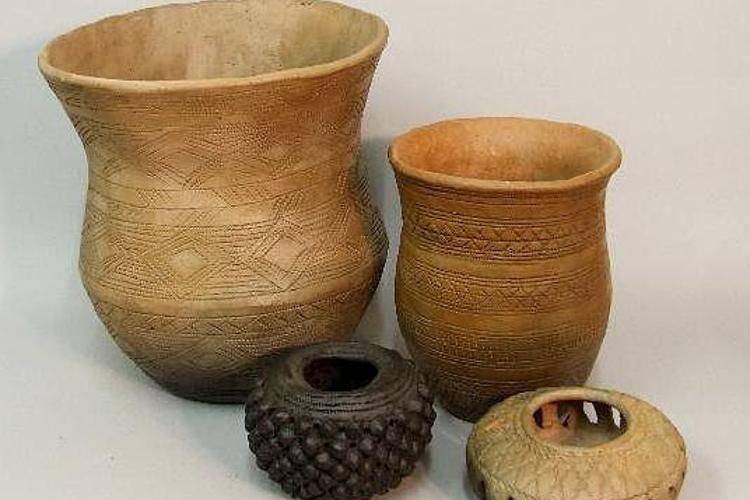
During Neolithic Period, life was pretty simple. Ancient people had just started to understand and practice animal husbandry and farming, resulting in the needs of storage containers for their produce. According to the archeologist, the arts during this time were classified and divided into 22 regional cultures mosaic. According to the findings (and the evidence on the archeological site), arts started to develop and really shaped in a real form in 7,500 BC. At that time, it was ceramic arts that were most popular. The arts involved four serious steps of forming, and then firing, and followed by decorating and finally refining. The first ever proof of pottery use was seen during 18,000 BC.
Chinese ceramics at that time were made from clay and then hardened by heat. The ceramics would cover porcelain, stoneware, and earthenware. The Chinese pottery, later on, had an important role and also influence to the development of European pottery.
The pottery then evolved along with time.The very early construction was made from crude cord-marked artifacts and pottery that was decorated with geometric shapes and designs. It is believed to date back to Mesolithic Period. The age of the material was unknown but it is believed to be around 8,000 years old. And then a significant advance showed during the Neolithic Period. Known as Yangshao pottery, the art came in the form of funerary storage jars with ring or coiling method. The upper half only is decorated with variants of volutes, whorls, sawtooth, and geometric shapes along with red and black pigment. Some of the potteries had plant, deer, bird, and fish designs which are believed to be thematically related to gathering and hunting.
As time went by, the techniques for making the pottery were evolving and growing. During The Shang Dynasty, for instance, which lasted from 1600 BC to 1046 BC, the pottery technology was quite advanced. Ancient Chinese people had developed high fire and hard bodied pottery glazes and stoneware. They also developed a fine white ware with soft body employing kaolin – which was likely used for ceremonial usage. And then, later on, in 4,000 BC, color ceramic ancient Chinese art began to appear. When the ancient Chinese civilization practices pottery, such a practice wasn’t common in other civilizations. This what makes this Chinese civilization quite unique in its own senses.
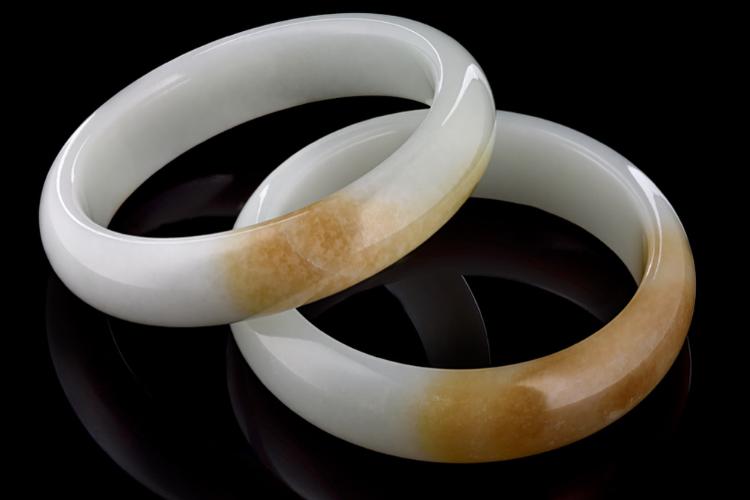
You may think that jade is a valuable and priced stoned. But in Ancient China, it was the symbol of nobility, perfection, constancy, and immortality. For the people, jade was considered the representative of heaven and earth essence. Moreover, the final polished piece had its own culture essence – again, of heaven and also earth. In their belief, heaven was round while earth was square. The rectangular side shape of jade ornament was called tsung and it was created to pay respect to the earth. And then, the center hole (or also known as the pie) was made to pay respect to gods of heaven.
Basically, jade was a metamorphic rock that has the natural color of white, yellow, red, and green. When treated and polished properly, the colors will be vibrant and extraordinary. But the most popular jade is the green one with its emerald hue. Jade is important because of its social value, function, and also beauty.
In case you don’t know it, there are two types of jade: nephrite (soft jade) and jadeite (hard jade). China only had the nephrite. Later on, during Qing Dynasty, jadeite was imported fromBurma. During pre-Columbian America, only jadeite was available so all jades originating from Native American are jadeite. For Burmese jadeite, it is referred to feicui. When feicui and nephrite are compared against each other, feicui is more valuable and popular.
During the ancient Chinese art development, the jade was functional for ornamental and practical purposes. In the early Hemudu Culture (existed in Zhejian Province) during Neolithic Period, jade was playing a crucial role in ritual setting. It lasted from 7000 BC to 5000 BC. Carved jade that was dating back to Longshan Culture by the Yellow River was also found, dated back to 3500 BC to 2000 BC.
Thereis also archeological evidence of Jade uses during Liangzhu Culture in Yangtze River Delta, dated back to 3400 BC to 2250 BC. The most popular ones were the ritual jades (that are pretty big too) like Yue axes, BI discs, or Cong cylinders. The arts also portrayed animal shapes like fish, birds, and turtles. During Shan Dynasty from 1766 BC to 1122 BC, jade manufacturing began to flourish. They had the technology to create the jade with every possible imaginary object. New efficient methods started to use to make the jade masterpiece.
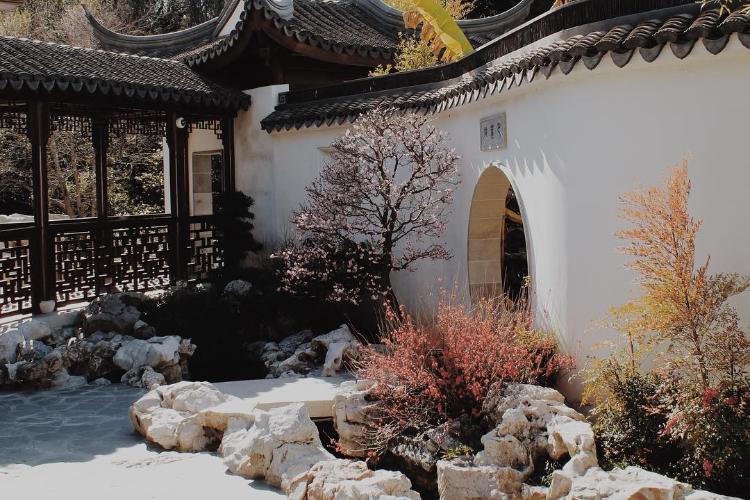
It is considered one of the most important times in the development of ancient Chinese art. Taking place in Han Dynasty (thus, gaining the name), dated back to 206 BC to 220 AD, the ancient arts in Chinese had reached its greatness. You can say that it was the golden era for the arts development in China. During this Dynasty, great improvement was made in literature, poetry, music, and also visual art because there was a new desire in representing historical stories, mythological familiarity, and also everyday life. The development in the art sector wastriggered by economic prosperity and political stability. Moreover, the successful development of paper, ink, and brushes had influenced the bloom in art. It was the same period where Tomb art developed. There are some tombs artifacts that were known to be exclusive for funerals.
This was also the time when there was a huge development on the bronze sculpture. Based on archeological sites and findings, some bronze horses figures had been found in tombs at Katsu, dated back to 2nd century BC. Miniatures of social figures bronze statues were quite popular back then, along with decorated mirrors and glided lamps bronzeware. At the same time, the artists were able to create and develop further technologies in jade carving, lacquerware manufacturing, painting, and calligraphy. When we are talking about one of the successful times of ancient Chinese art, it was during the Han Period.
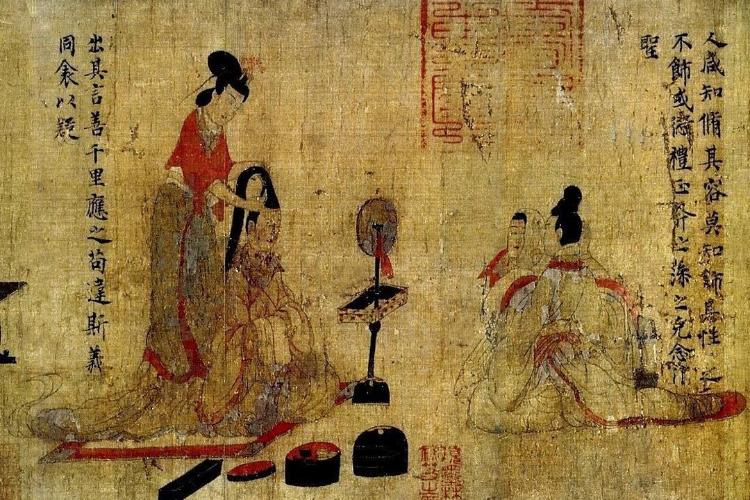
Another contribution made in the ancient Chinese art is the paintings made by Gu Kaizhi. His signature style was the detailed elements that made the paintings look real – even came alive. Copies of his work had been distributed through silk hand scroll paintings. Gu Kaizhi was a talented painter born into a government official family. His family had resided in Wuxi in Jiangsu Province. Gu himself had served as an officer since he was young. Because of his job, he had toured in many beautiful places and he captured all of those beauties through essays and poetry.
The story of his success started when he was trying to help construct a temple for Jiankang (or Nanjing). The abbot and monks didn’t have enough money and they couldn’t collect it. Gu offered them a big sum of money as the donation. But he wanted to draw a Buddha picture on the wall in order to collect the money. Gu worked for 3 days to finish the work. People flocked to see him working on those days. When he finally completed the picture, the picture of Buddha was very beautiful and real. People commended him for his skill and artistry. Gu finally was able to help the construction of the temple from the donations.
Gu had the skill to create portrait painting, capturing the expressions of his subjects. For him, the expressions were his main focus while other elements (trees, mountains, stones, etc) were only serving as ornaments. For him, the expressions were important because he could expose their spirit and true feelings. When he was able to develop his techniques and skills, the so-called graphic techniques of him had sparked inspirations for other Chinese painters and scholars. Not to mention that his skill in calligraphy and poetry also developed, making him a very talented artist in this period. Gu was also known as an author when he summarized painting theories. Some of his works are Notes on Painting Yuntai Mountain and Painting Thesis. He had created 70 paintings – all of which were based on human figures, animals, historical stories, rivers, mountains, and Buddha. His scroll paintings (three of them) are still existing until now: Luoshen Appraisal Painting, Lenv Renzhi Painting, and Nvshi Zhen Painting. But he was also known for The Admonition of the Instructress to the Court Ladies, Wise and Benevolent Women, and Nymph of the Luo River.
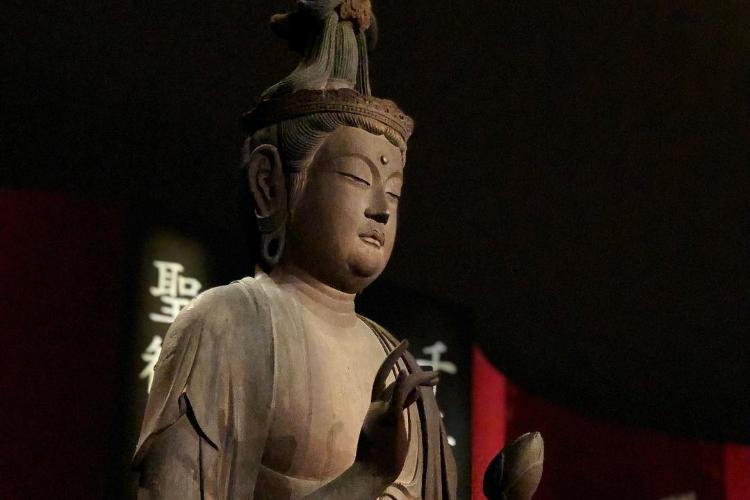
Buddhism spread in the mainland of China in around 67 AD, which happened in the period of Han Dynasty (lasted from 206 BC to 220 BC). At that time, Buddhism had a significant and very important effect on the cultural and art development. Because of it, many Buddhist scriptures were created and built. When further developments were made, scriptures were translated. In Jin period from 265 BC to 420 BC, a lot of Buddhist writing came out. Most of them were also translated.
Buddhism legacy in China is very powerful and solid. The influence and effect had created an impressive number of Buddhist arts collections in the country alone – and it managed to spread to other areas, continents, and countries. Because of the Buddhist influence, some of the most well-known sculptural sites and locations were created, like the Longmen, Bingling Temple, and Mogao Caves.
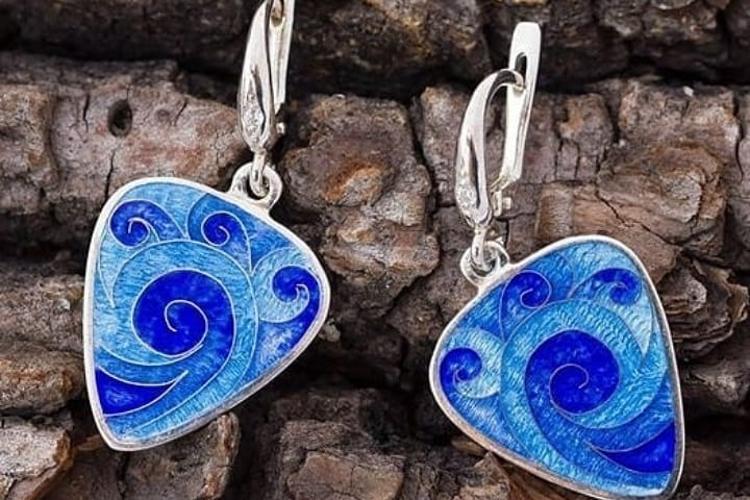
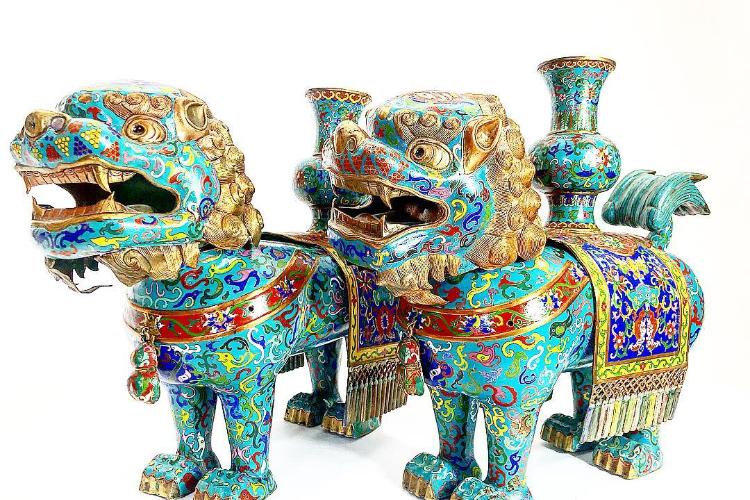
Cloisonné is probably a French word but this type of art originated from the ancient Chinese art that manages to survive and remain until today. The word alone means ‘partition’ which refers to one of the most ancient technique used to decorate metalwork objects and items. It was quite popular to adorn bronze or copper utensils. The technique involves a thin copper wire that was glued onto the objects. Afterward, the fine pieces of theme or design would be drawn over it.
In the ancient time, Cloisonné was a popular technique in Yunnan Province, which was under Mongolian rule. The people were able to make some of the finest and most beautiful pieces. However, the earliest Cloisonné was super fragile. Only a few pieces managed to survive up to now.
The development of the technique alone dated back to Yuan Dynasty (between 1271 BC and 1368 BC) in Beijing. Later, during Ming Dynasty (from 1368 BC to 1644 BC), the Emperor improved the color processing. Because he was interested in the technique of bronze casting, he developed the color processing resulted in bright blue hue appealing to the aesthetic sense. It was called Jingtai Blue. The development of Cloisonné reached its artistic peak during Qing Dynasty under Emperor Kangxi and also Qianlong reign. At that time, they created to make more flexible filigrees, bigger scope, and more delicate colors.
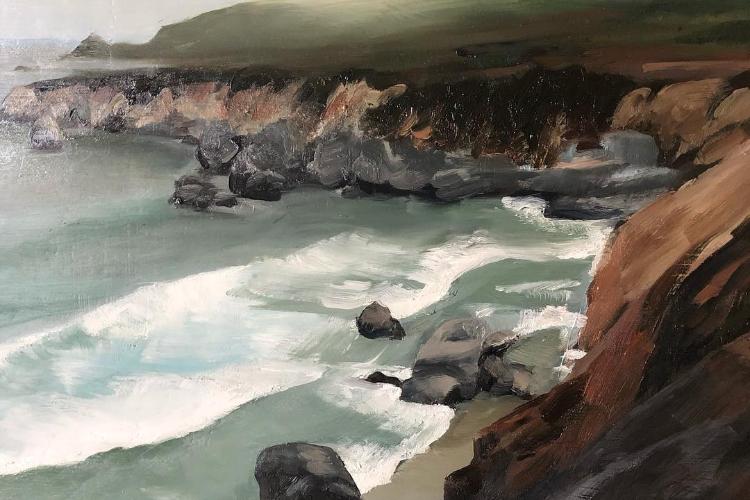
The history of China has undergone a very long period of development, chaos, wars, and improvement. Arts and crafts had also improved as dynasties came and went. In ancient Chinese civilization, they had experienced one of the greatest and also finest landscape paintings, especially from the famous Five Dynasties to the Northern Song era. No wonder if this period known as the great time for Chinese landscape.
During that time, there were two different techniques being used. In the northern areas, the painting depicting towering mountains was liked. It was commonly painted with back lines, ink wash, and also accompanied by dotted and sharp brushstrokes. The popular artists were Fan Kuan, Jing Hao, and Guo Xi. In the southern areas, they preferred the paintings of hills and rivers. The technique was using rubbed brushwork depicting native countryside. The popular artists were Ju Ran, Dong Yuan, and others.
Later, during the early Tang Dynasty, the paintings were known as Shanshui or Mountain Water paintings. Most of the landscape drawings were monochromatic and sparse. The idea was to depict a surrounding or emotion. This technique was known as the mind landscape that contained calligraphic brushwork representing the artist’s inner spirit. Needless to say, this type of ancient Chinese art had its own signature style.
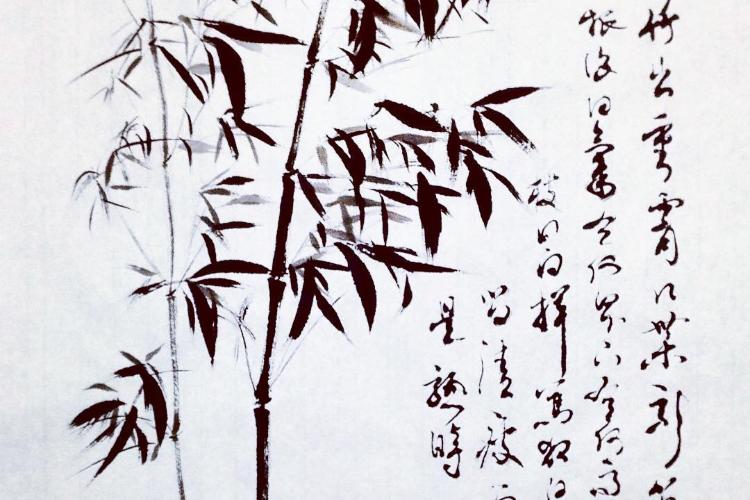
During ancient Chinese civilization, poetry was used to express private and public emotions. The writer could include their inner life while the readers could abstract its insight through reading the poem. Classic Chinese poetry has 3 basic elements of ci, shi, and qu.
During the period of Han Dynasty, a poetry with folk style (known as yuefu) became very popular. And then there was a development in the subject during the Six Dynasty. Unfortunately, there are only a few proof and evidence of ancient Chinese poetry. Many of books had been burnt and scholars were buried by Qin Shihuang. There were also other cruel events that marked the destruction of books and written records.
Some of the remaining pieces of poetry from ancient Chinese art are Seven Sages of the Bamboo Grove or the Midnight Songs of the Four Seasons poetry.
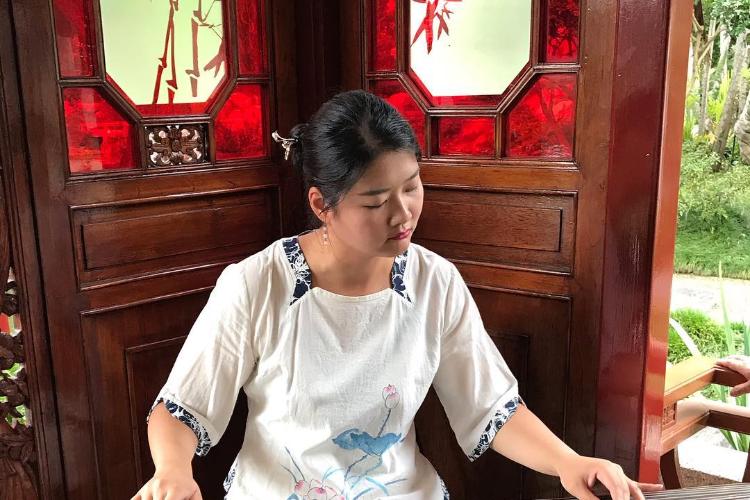
The music of ancient Chinese people was actually originating from Africa. During that time, they used hand bone drums or pipes and clapped hand while singing. In Zhou Dynasty, Ling Lung was a man who invented the first bamboo pies as a musical instrument. The item could produce birds’ sound. He was then considered as Chinese music founder, managing to invent tone foundation.
Later, in Qin Dynasty, they established the first ever imperial Music Bureau. It was expanded and improved during Han Wu Di reign. The oldest written ancient Chinese art in musicis Youlan or the Solitary Orchid by Confucius. However, the rank of musicians was lower when compared to painters although music was quite popular.
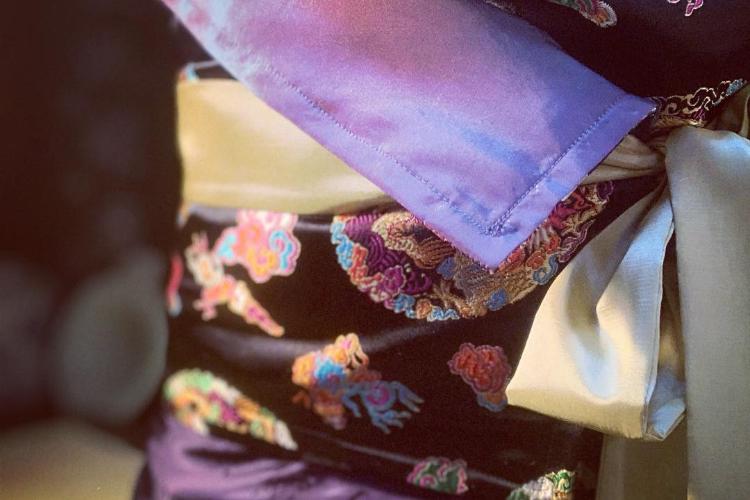
Silk isn’t only art but it is one of the best (and also greatest) inventions of the ancient Chinese civilization. Silk fiber is thin but very strong. Silkworms produce silk when they make cocoons but they can only make 1000 meters of it in their 28 days of lifespan.When woven, the result would be a very smooth and soft fabric. Since the invention, silk had a crucial role in Chinese economy and culture.
Silk can be used in many things like clothing and fishing. But it can also be used as musical instrument or in writing and painting. Silk was very expensive with high value. The Chinese exported silk through the overland route that was later known as the Silk Road. At that time, status symbol could be shown from wearing the silk. At first, only royal family members could wear the silk clothes. And then it was later restricted to noble class only. Peasants and merchants weren’t allowed to wear it. But later during Qing Dynasty, peasants were allowed to wear silk although only them who had the money who could wear silk clothing.
As you can see, ancient Chinese civilization had paved some elements and art techniques that are well preserved until today. They had created and invented some of the very beautiful and valuable work of art that flourished and have survived until this modern era. The art was able to adopt and adjust itself to tradition and cultural accumulation. It is safe to say that without these art invention or development, the art world we know today won’t exist. Although there are still other arts from ancient China period and time, the descriptions above had laid the basic foundation for the ancient Chinese art that we still know to this modern digital era.
 |
 |
 |
 |
Something wrong. Try FREE Giveaways. Or go to Free Gifts page
Disable adblock to see all secrets. Once done, hit a button below for fun
 |
 |
 |
 |